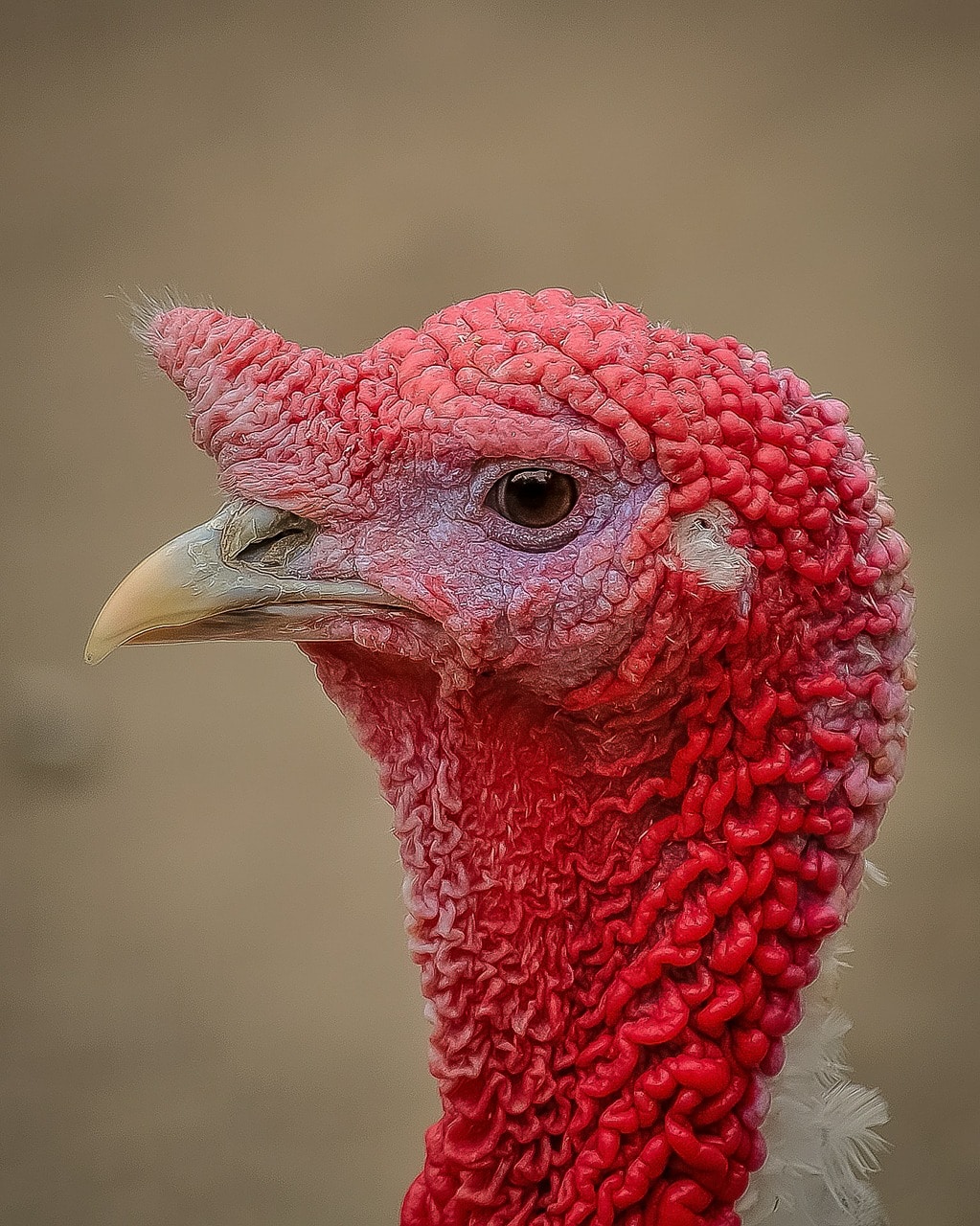Do Turkeys Enjoy Air Conditioning and Other Important Thanksgiving Questions
It’s All About the Bird Here at Air-Tro.
As the holiday season begins, we reflect upon how grateful we are for so many things this year. The opportunity to serve the families and businesses that make up our community is truly an honor, and one for which we’ll never stop giving thanks. In this time of worldwide change and tumult, we love the holiday that celebrates all the good things: the importance of gratitude, family, tradition…and turkey.
How will you be enjoying your bird?

We’re not sure about how other HVAC companies do it, but our air conditioning and heating experts love turkey roasted, deep fried, or in a sandwich along with all the leftovers piled high. In a guide designed to help you navigate those potentially rancorous election year discussions around the dinner table and to appreciate our favorite national entree, here are a few interesting facts gleaned for you to share.
Male Turkeys Gobble, Female Turkeys Just Bat Their Eyes
Did you know only male turkeys can make gobble? Moreover, each male turkey develops a distinctive refrain which they combine with a particular strut to attract the ladies. In contrast, female turkeys cluck and chirp, no doubt asking, “Come on, you’re not really using that line, are you?” in turkey talk.
Turkeys Sometimes Have Chest Hair
Yes, they’re called “filoplumes,” hairlike bristles on the chests of male turkeys and some unfortunate female turkeys. In some birds they grow into full fledged bird beards, extending to the ground from a single feather follicle on their chest, with as many as eight bird beards having been spotted on one turkey alone. Who needs an air conditioner when you’re already that cool?
Young Male Turkeys Are Called Jakes, Young Females Jennies
It’s only when they grow older that they are referred to as toms and hens. Frankly, we’re not so sure it would be as pleasant to bring home a frozen “jake” or worse, cook up a “jennie” from time to time.
Turkeys Can Blush
Did you know the exposed flesh on all turkeys’ heads and necks changes from bluish grey or pale pink to bright red, blue or white whenever a turkey is upset, angry or excited? Bonus fact: the flap of skin on a turkey’s beak is called a snood. It also changes color depending on the turkey’s mood or circumstances.
Farm Raised Turkeys Need Ventilation
Like all other members of the poultry family, turkeys are very sensitive to temperature. In fact, Air-Tro has helped a poultry farm install a ventilation system for 20,000 birds, with incoming air that was sterilized to protect against avian and Newcastle viruses. Poultry illnesses aside, unhappy turkeys apparently don’t taste as good, as they release stress hormones in less than ideal conditions.
Wild Turkeys Are (Almost) Everywhere
Turkey statisticians report there are more than 10 million wild turkeys nationwide, residents of every state but Alaska and Hawaii. And these wild birds are hardly slackers: a wild turkey can run more than 25 mph. That’s about as fast as an African bush elephant, or a grizzly bear’s top speed. So be careful out there.
Whether you’re enjoying the holiday with a turkey dinner or with your own unique tradition, we wish you the very best this season and always. The strength of a company is always in the people it serves. For more than 40 years, it’s been our pleasure to say “thank you” to the best customers anywhere.
Happy Thanksgiving from all of us at Air-Tro!
